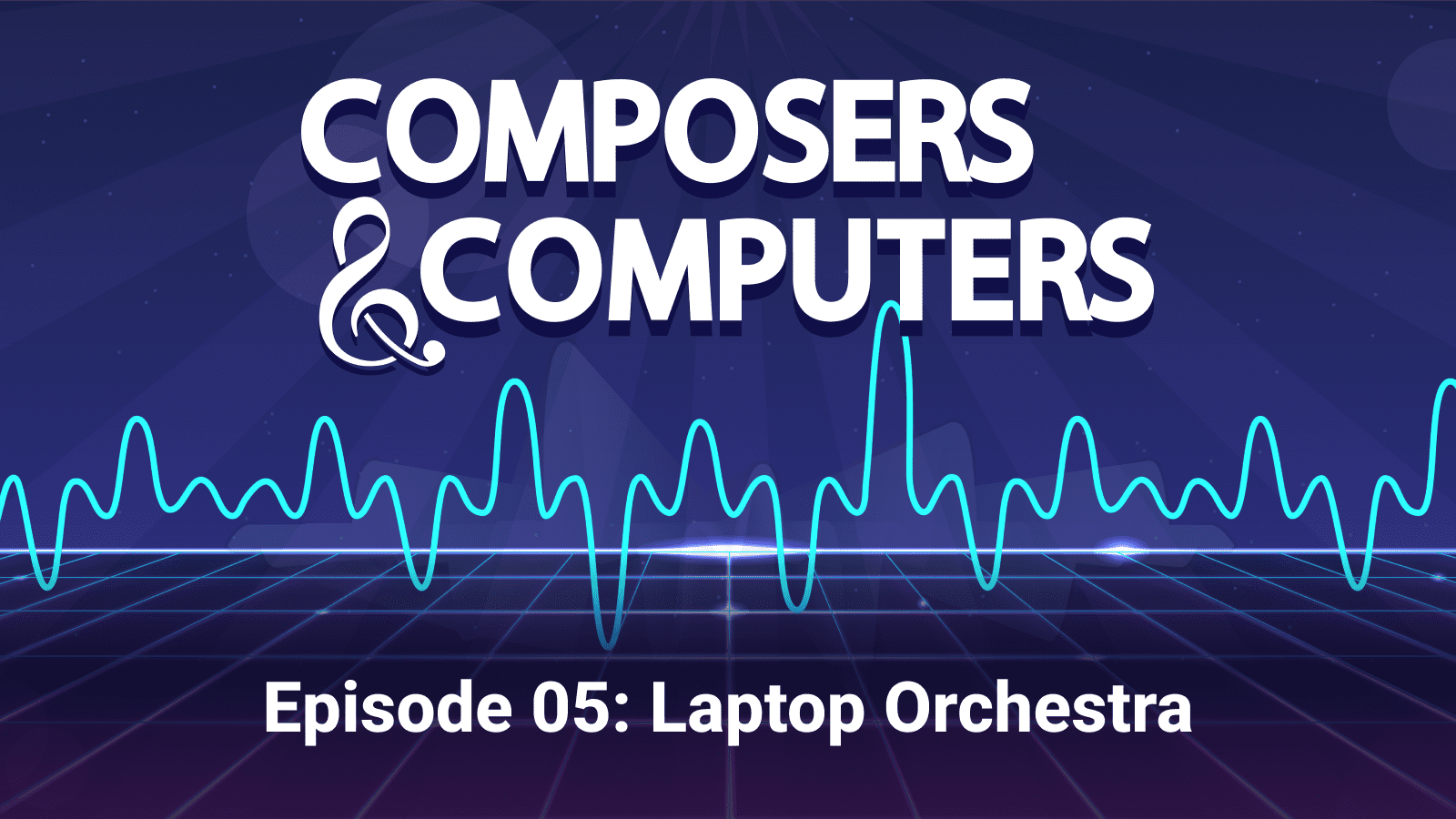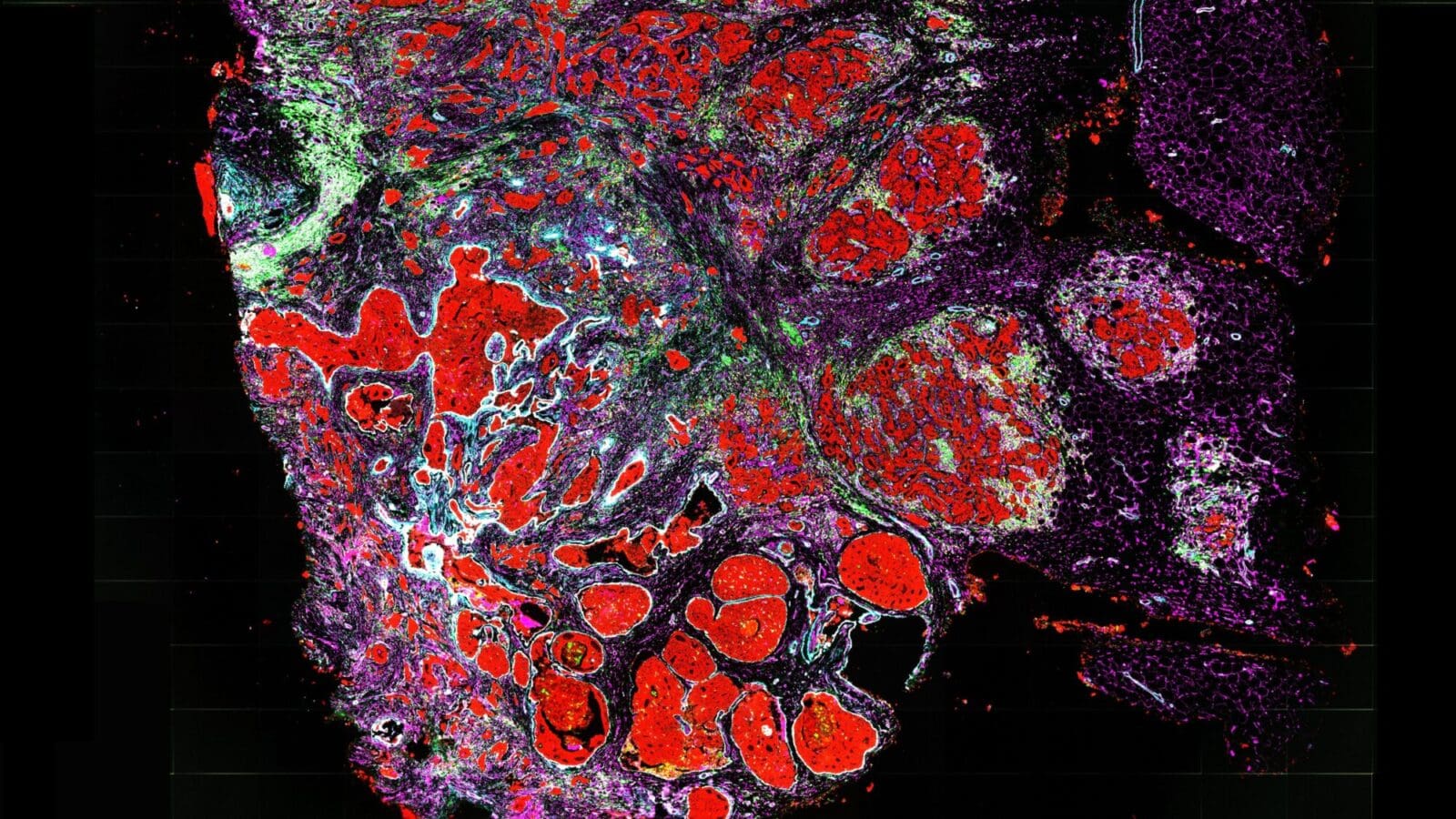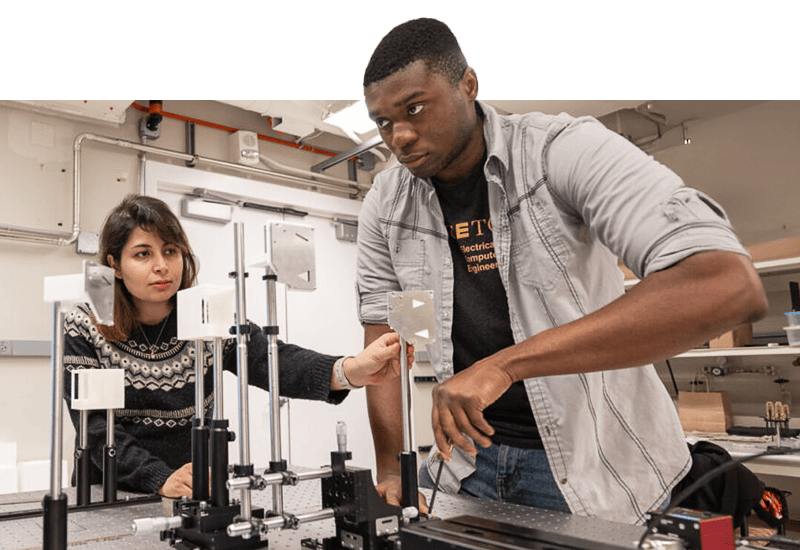Chiang works to keep the data flowing as our appetite for video grows
 If you adore Netflix, YouTube, Hulu, Skype or any other wellspring of Internet video goodness, you’re not alone.
If you adore Netflix, YouTube, Hulu, Skype or any other wellspring of Internet video goodness, you’re not alone.
Demand is soaring for movies, television shows and amateur videos delivered via the Internet and mobile networks. By one estimate, Internet consumption on mobile devices alone – smart phones, tablet computers such as the iPad and devices yet to be invented – will grow by 65 times over the next five years and video will represent 70 percent of that traffic by 2015.
What most people don’t know is that our enormous thirst for moving pixels is fast outpacing the capacity to deliver video to viewers’ screens.
“People take the Internet for granted, but Internet usage has exploded,” said Mung Chiang, a Princeton professor of electrical engineering. “Our success at building and using these incredible networks may collapse under its own weight if we don’t keep innovating.”
Fortunately, Chiang and his team are on the case. Over the past two years, they have methodically pieced together a replica of the global Internet and mobile networks, squeezing the scaled-down components into a Princeton laboratory.
Now they are using this miniaturized version of the global communications network, dubbed the EDGE Lab, to develop new ideas and systems that will help ensure that the networking infrastructure of the future will meet consumer demand.
To build the laboratory, which he plans to unveil officially with an open house on April 28, his team worked with manufacturers of the computer equipment that runs various aspects of these networks to let them purchase networking devices that are realistic yet flexible enough to experiment with. About 70 pre-registered participants from 30 different institutions and companies will attend the unveiling of the lab.
Marrying theory with practice, Chiang collaborates with Internet service providers and other networking companies, including AT&T, Telcordia, Qualcomm, Google and Microsoft, on projects intended to test advances in networking theory while helping industry develop more efficient systems for pricing and delivering data to consumers.
Chiang’s research focuses on so called “edge networks,” technologies within about two miles of the end user, including familiar services like 4G, WiFi , U-Verse and FiOS. The name of the lab stems from this focus, and also serves as a metaphor for an edge connecting academic theory and real-world applications, a rarity in the field of networking research.
H. Vincent Poor, dean of the engineering school and an expert in communications networks himself, said Chiang’s research offers a unique combination of mathematical rigor and practical impact.
“Netflix streaming an HD movie to the TV in our family rooms, watching YouTube on our iPhones or laptops, talking on our cell phones — these are just a few examples of times when we rely on edge networks,” Poor said. “Mung’s research on networks, especially edge networks, has been at the forefront of improving the quality of these experiences and in creating seamlessness among them.”
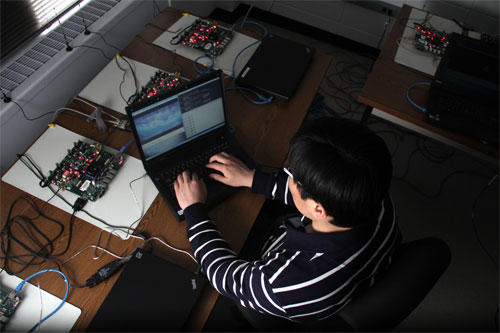
The EDGE Lab is filled with racks and tables of black boxes, covered in blinking lights and connected to one another by wireless antennas and the bundles of networking cables snaking around the room.
Most of the boxes are servers, routers, radios and other computers that are the workhorses of our modern digital networks. Others are machines Chiang and his students use to experiment on their mock Internet. Along one window sill, a row of antennas, each about the length of pencil, function as miniature versions of the wireless access points operated by companies such as Verizon and AT&T.
The lab is also littered with devices more familiar to the average person: laptops, tablet computers, smart phones and a high-definition television mounted to one wall. The researchers use these devices to understand how altering the way the network operates changes the end-user’s experience.
Chiang’s research has focused on specific aspects of our current networking infrastructure that limit the ability of service providers to meet demand for delivering more and more data.
One problem is that Internet servers can often become inefficient at delivering content from one place to another, sometimes routing the data through long, convoluted paths. Along with Professor Jennifer Rexford and their joint graduate student, Joe Jiang, of the computer science department, Chiang is experimenting with new ways to store and deliver content that could reduce Internet bottlenecks, such as intelligent ways to spread traffic among the available paths and to distribute files from the right servers or other user’s computers on the network, called “peers.”
Another major thrust of Chiang’s research is helping service providers develop new pricing methods as consumer demand for bandwidth continues to surge. “Imagine that you go to a buffet but your appetite doubles every year,” Chiang said. “Starting last year, service providers in US are saying they can’t keep serving a buffet because customers are starting to eat too much relative to the cost of making the food. Either they have to double the price of the buffet or find a cheaper, more efficient way to dish up the food.”
To address this, Chiang and his collaborators developed the mathematics and a prototype for TUBE, short for “Time dependent Usage-based Broadband price Engineering,” that gives consumers more information and thus control over when they use the Internet and how much they pay.
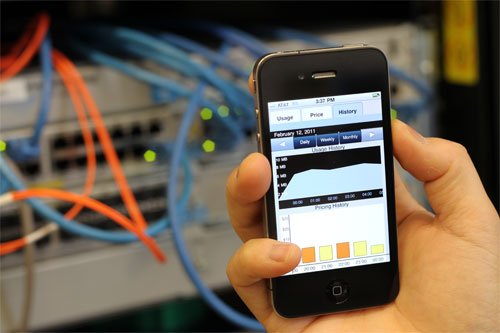
The system allows customers to track their mobile data usage through a smart phone and tablet application, and to avoid downloading videos and other data intensive actions during peak usage times. Increasingly there are applications like mobile cloud services that allow users to save by waiting. Customers are charged based on when they use the 3G network, so video downloaded during off-peak hours costs less than during peak times.
If such data plans were widespread, Chiang said, it can help reduce the demand for bandwidth during high-traffic hours. This in turn reduces wireless operators’ costs, which is driven by meeting user demand during peak hours. He is currently working with AT&T on a trial that began April 27 with 40 customers at Princeton — faculty, staff and students — to test the system.
“In EDGE Lab, we’re trying to make a difference in the actual networking world, and to make a fundamental difference based on analytic rigor,” he said. “It’s also important that we do this here, in academia, because we need to develop long-term solutions that aren’t always tied to the product cycle.”
At the same time, a benefit of having a laboratory that’s working closely with industry, Chiang said, is that students get hands-on experience translating what they’re learning to practical problems. “They learn network theory and then get to apply it to real networks,” he said. “They can actually see the difference made by the theory they are working on, so it’s more intuitive and engaging.”
Visit the EDGE Lab website for photos and video from the open house.


